Sightseeing Spots
Search Results314
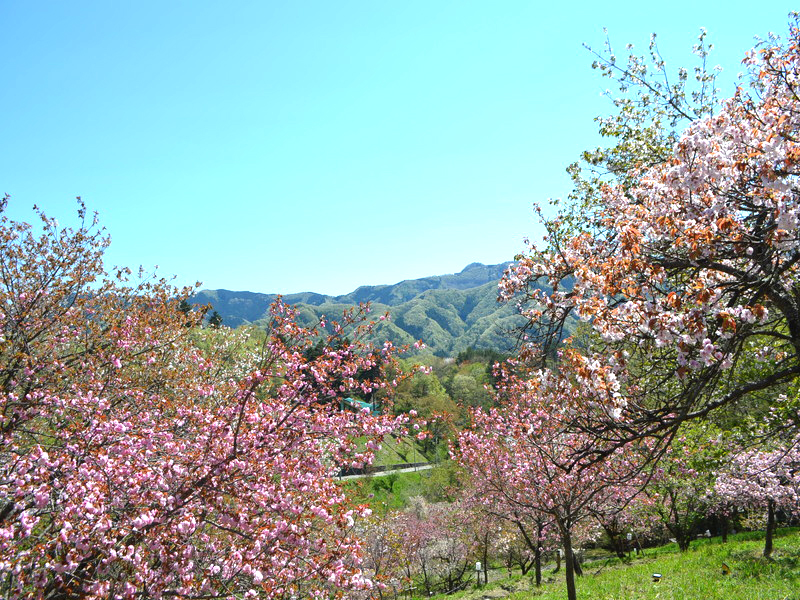
Kita-zakura Street is the tunnel of cherry blossoms, with about 400 cherry blossoms lining a 2.5 kilometer road that runs the length of the Arakawa river from Nagatoro Station to Takasago Bridge. The Sakura Passage is located at the foot of Mt. Hodo in Nagatoro Town. Here you can see about 500 cherry blossoms trees with more than 30 varieties of double cherry blossoms. During the flowering season, they are lit up with beautiful illuminations. The best time to see the flowers is from early April to mid-April on Kita-zakura Street and from mid-April to late April on the Sakura Passage.
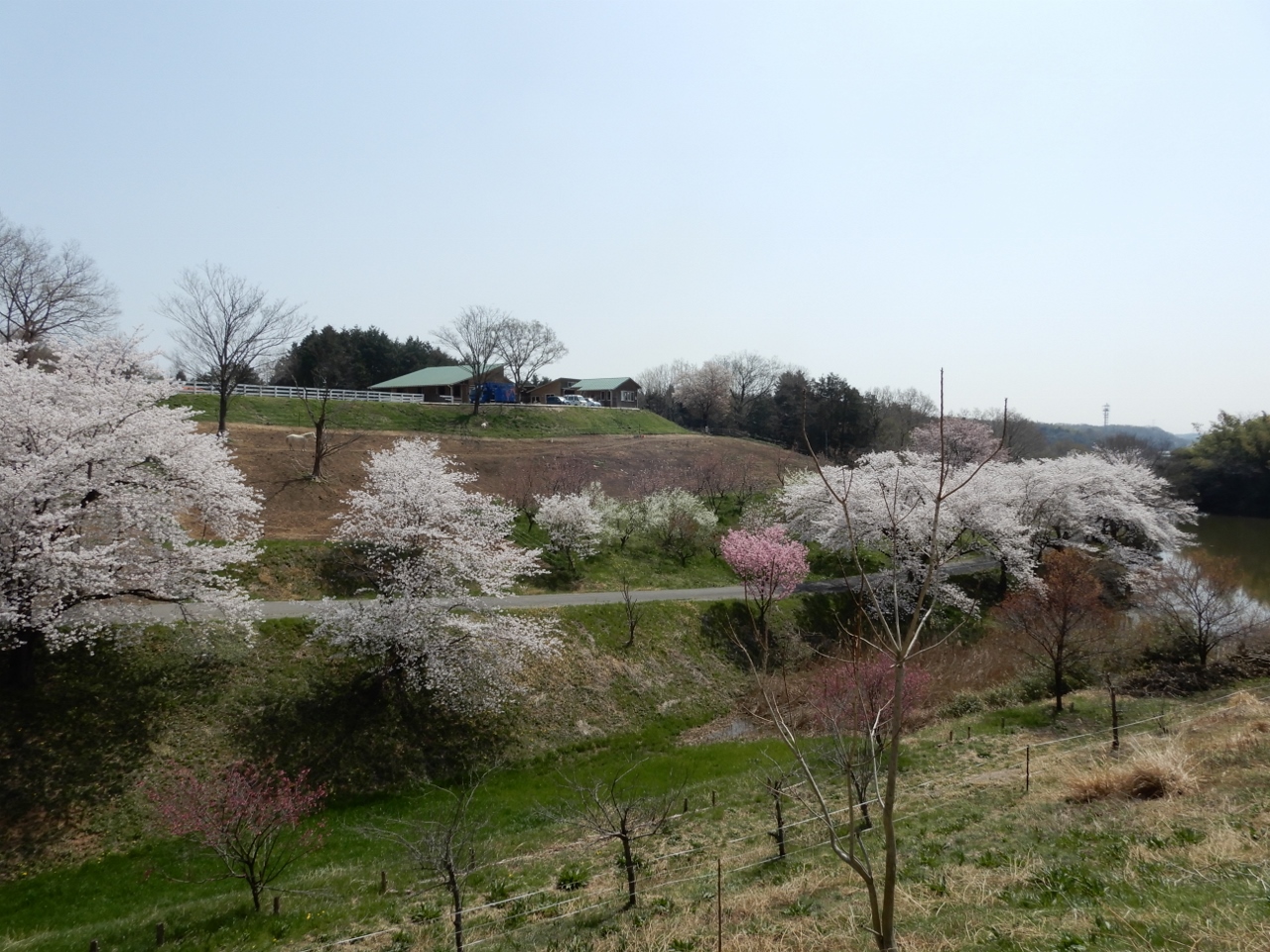
In the midst of the peaceful Satoyama, get in touch with nature and experience farming hands-on. There is a "Fureai Farm," which visitors can use freely for an annual fee, and the popular "Strawberry Farm," for picking strawberries and other fruits. There are also rice cultivation, digging of bamboo shoots, udon (wheat noodle) making, potato cultivation, Satoyama walk and hiking experiences, and various other events held throughout the year.
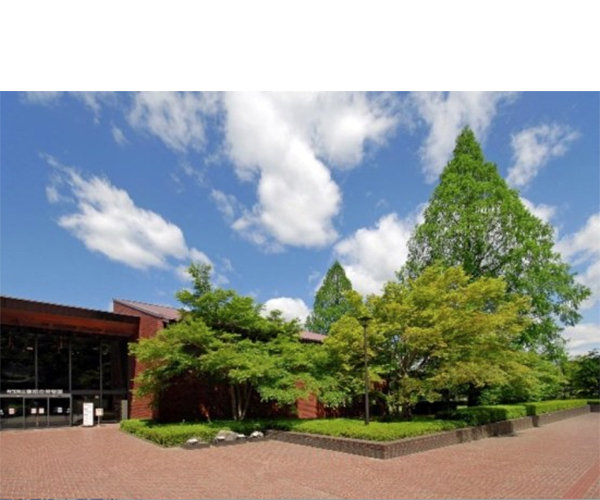
Presenting the theme, "From the past to the future: traveling 300 million years through Saitama's history of people's coexistence with nature," Saitama Museum of Natural History stores various resources related to nature, and displays the fossils of giant shark, “Megalodon," and mysterious sea animal, “Paleoparadoxia," discovered in Saitama Prefecture. The museum is constructed into two halls: the "Geology Exhibition," where visitors can learn about various fossils, rocks and minerals, geological strata and earth formations, and the "Biology Exhibition," featuring large dioramas of the four major forests of Saitama and the animals that live in them. Nagatoro area is a perfect example of the nature in Saitama, and here you can enjoy detailed explanations of its characteristics for a deeper understanding. You can also enjoy simulations and free audio guides. (For more information regarding the facility, please refer to the URL below.)
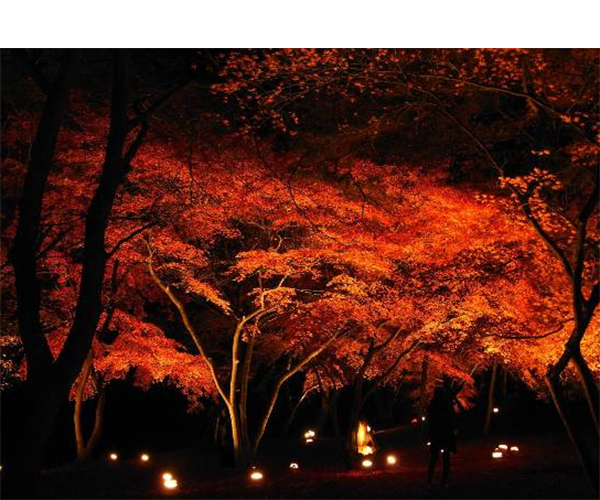
The park is named after the stone tablet on which Kyoshi Takahama wrote the haiku “Kokoniware Kuotomubeki Tsukinoishi,” and is very famous for its autumn leaves. The best time to see the autumn leaves is around November, with the illumination of around 50 acer amoenums Japanese maples. The area is very crowded during this time, especially with photography aficionados. You can enjoy the autumn leaves at the adjacent prefectural nature museum as well.

12 million cosmos flowers bloom on the 8.8 hectare fields along the Arakawa riverbank. Surrounded by a sea of cosmos flowers, you can enjoy an impressive view of the Chichibu mountain range and Mt. Fuji. The best time to see the cosmos flower is in mid-October, but poppies can also be enjoyed in May. At the Cosmos Festival in mid-October, the area is lively with stage events, refreshment stalls, and cosmos picking events.
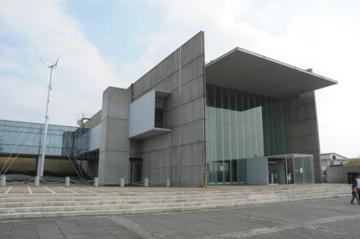
The Center for Environmental Science in Saitama is a core institution of environmental sciences which combines an environmental education center and the national institute for environmental studies in one facility. We offer various exhibitions and events through which local residents can study about the environment. Renovations were completed in 2020, and a new exhibition hall, “Sai Kankan,” has been added. Please come and see the changes for yourself in this eye-catching renewal! The giant theater in Sai Kankan Dome has an enormous screen that fills your entire field of vision. There are two shows: “A Chapter on the Earth’s Environment,” which takes on global environmental issues, and “A Chapter on the Biological Environment,” which views environmental issues through the lens of a dragonfly. There are 42 seats available.
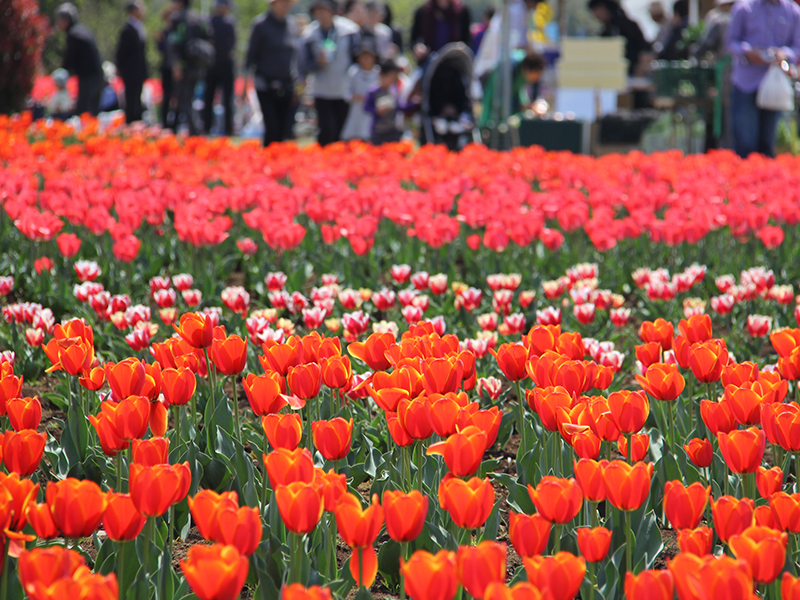
Hana no Oasis (flower oasis) is a park located in the Teraya district, the birthplace of flower production in Konosu. In spring, a tulip festival is held among 40,000 tulips. In autumn, you can enjoy the late-blooming sunflowers.
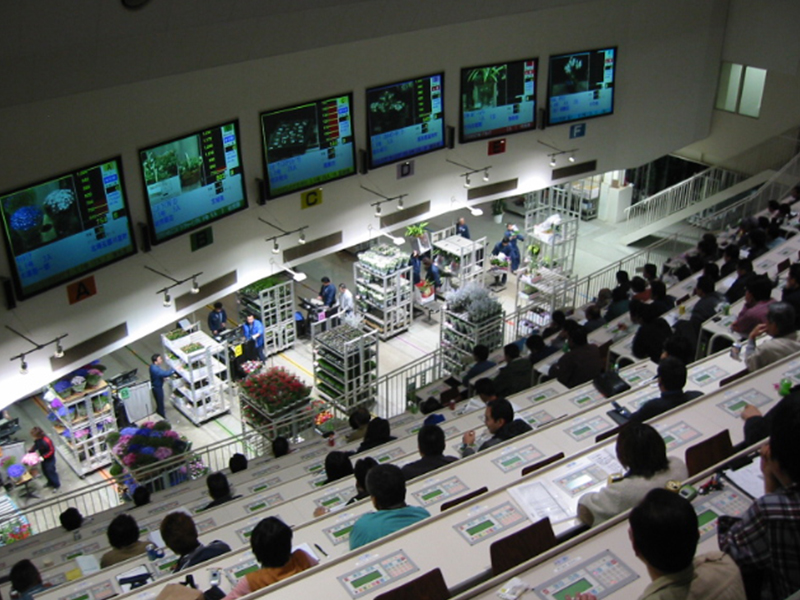
This is one of the largest flower markets in eastern Japan. There is a guided course through the market facility, allowing visitors to easily observe the auction (Monday/Wednesday/Friday). There is also a restaurant inside the facility.
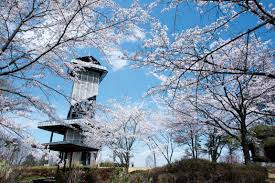
The observatory at Mt. Ninomiya is located at the town's highest location, at an elevation of 131.8 meters. From this observatory, you can enjoy the far-off Mt. Asama, Mt. Tanigawa, Nikko Mountain range, Mt. Tsukuba, and Chichibu mountains, and from the top floor you can get a view overlooking the skyscrapers of Shinjuku using a free telescope. If you're lucky, you can even see Tokyo Skytree! When flowers such as azaleas are bloom, this area is perfect for a lovely stroll.
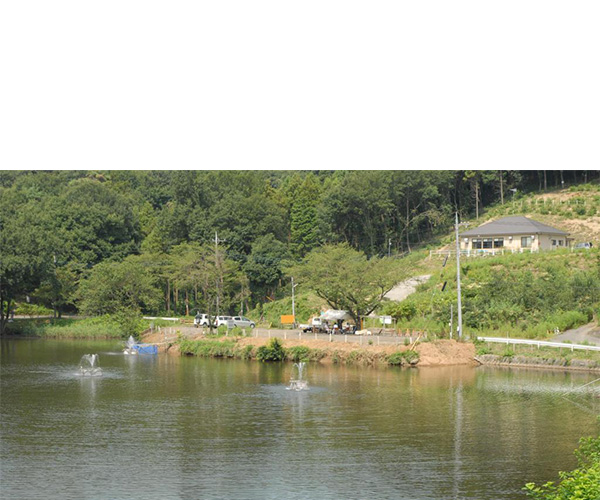
This fishing pond is very accessible, located approximately 9 kilometers (about 15 minutes) from the Higashi Matsuyama Interchange of the Kan-Etsu Expressway and roughly 5 kilometers (about 10 minutes) from the Ranzan-Ogawa Interchange. The pond is encircled by beautiful nature and has a surface area of roughly 11,600 square meters. On Saturday and Sunday, you can enjoy handmade udon made with local flour and buy locally grown vegetables at the farmer’s restaurant.
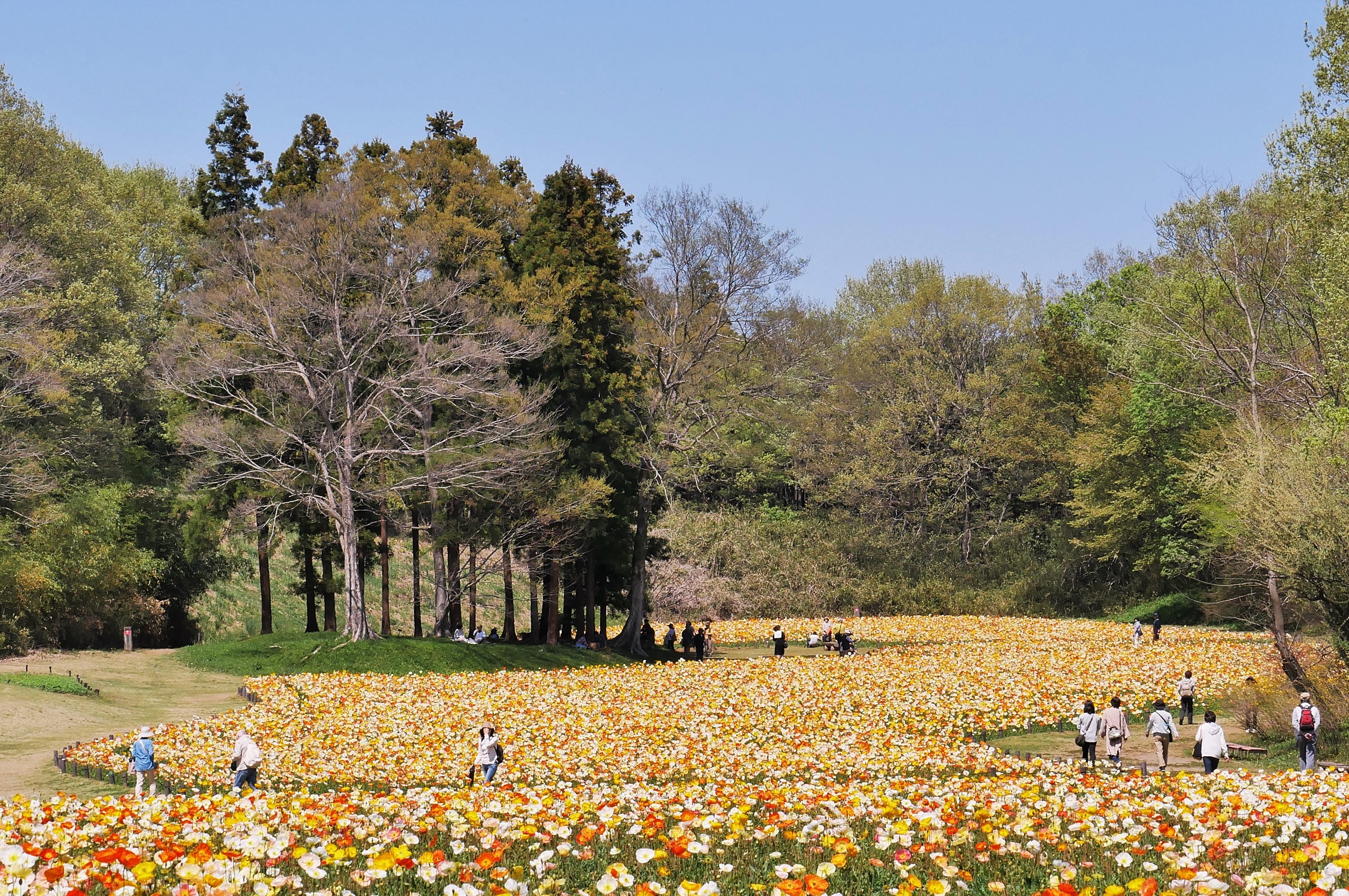
Musashi Kyuryo National Government Park is Japan’s first national government park, developed as part of the Meiji Centennial Commemorative Project. It spans a vast 304-hectare hilly area that straddles Namegawa Town in Hiki District and Yai in Kumagaya City, Saitama Prefecture. The park features a diverse natural environment, including woodlands, ponds, marshes, wetlands, and grasslands, providing a habitat for many valuable plant and animal species. It also serves as a place where visitors from the Tokyo metropolitan area can connect with and appreciate nature.
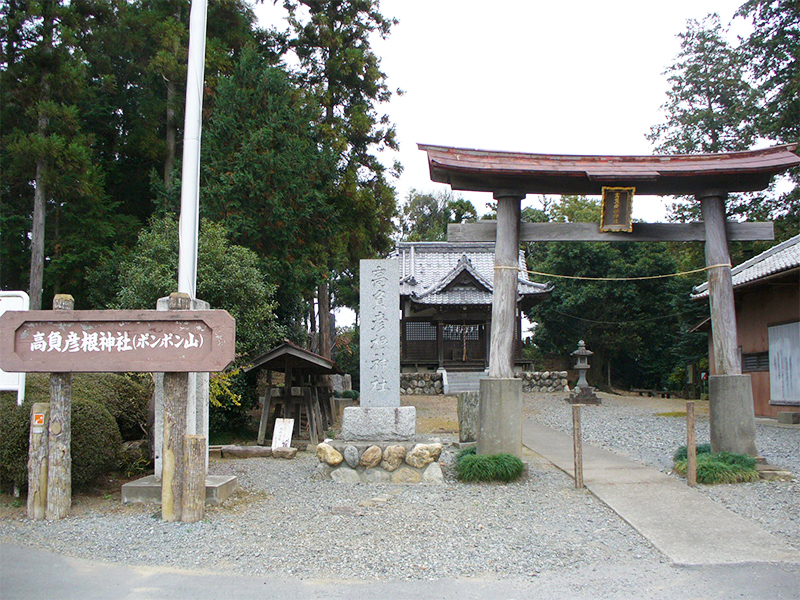
Behind the precincts of Takaohikone Shrine in Tako, Yoshimi Town, there is a rocky mountain with a great view. If you climb up the mountainside and stomp your feet, you will hear a clomping sound (ponpon). There is a legend regarding this place that goes something like this: Once upon a time, there was a rich man looking for a place to hide his fortune. One day, he paid a visit to Takaohikone Shrine and asked for the best place to hide it. The god told him, "Bury it in this rocky mountain. I will protect it for you." The man felt relieved and buried all his riches in the mountain. Today, the rocky mountain is called Mt. Ponpon and is said to be inhabited by a divine spirit, as a remnant of this story.
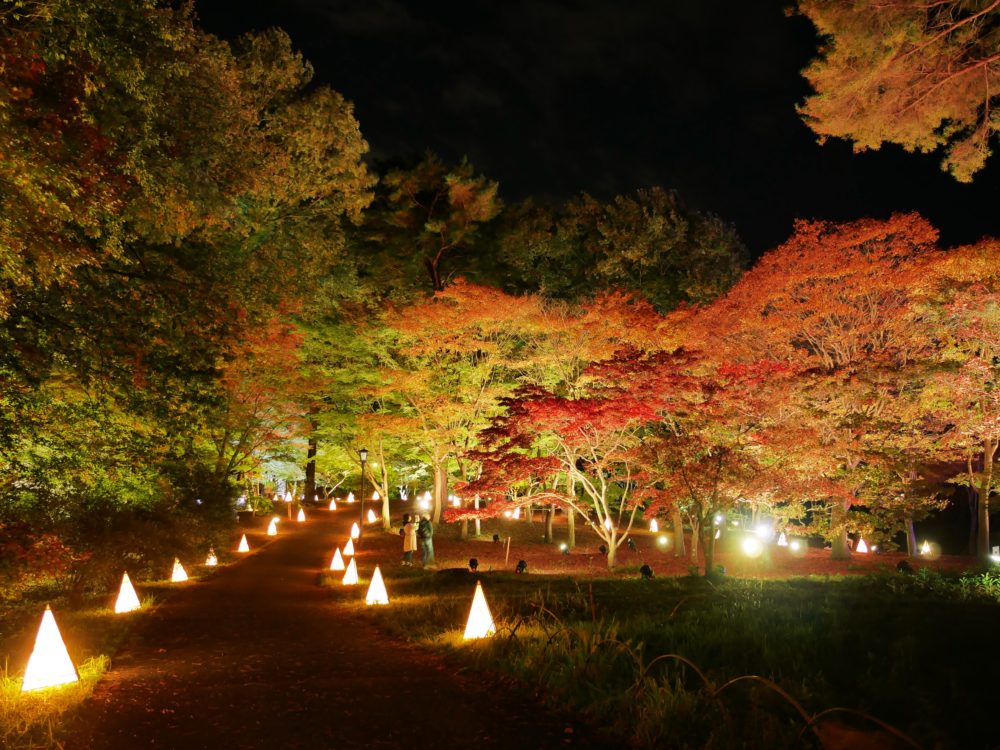
The Musashi-Kyuryo National Government Park was built as part of the Meiji Centennial Commemorative Project. Musashi-Kyuryo is Japan's first national park and is located on a vast, hilly area of 304 hectares stretching between Namegawa Town, Hiki District and Yagii, Kumagaya City, Saitama Prefecture. The park is mainly forested areas, and includes ponds, swamps, marshes and grasslands, for a diverse ecology where precious flora and fauna can grow and thrive. It is also one of few places within the metropolitan area where you truly can feel in contact with nature.
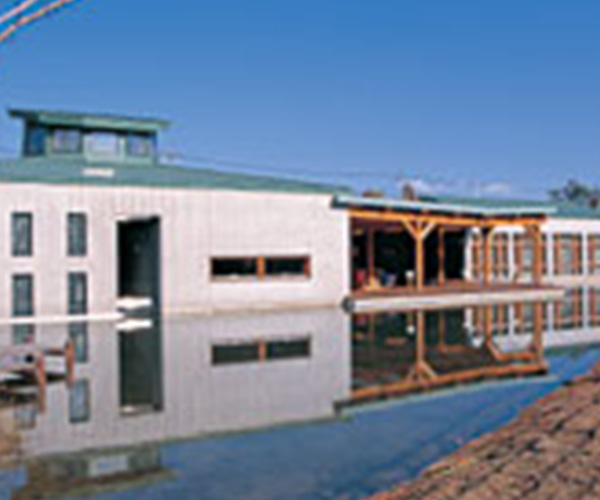
A museum based on the nature and culture of Namegawa Town and utilized as a center for gathering the latest information on these topics. Research efforts related to the artificial breeding and ecology of the Tokyo bitterling, a freshwater carp native to Japan and designated as a national treasure, are also being made to realize its reintroduction into the wild.
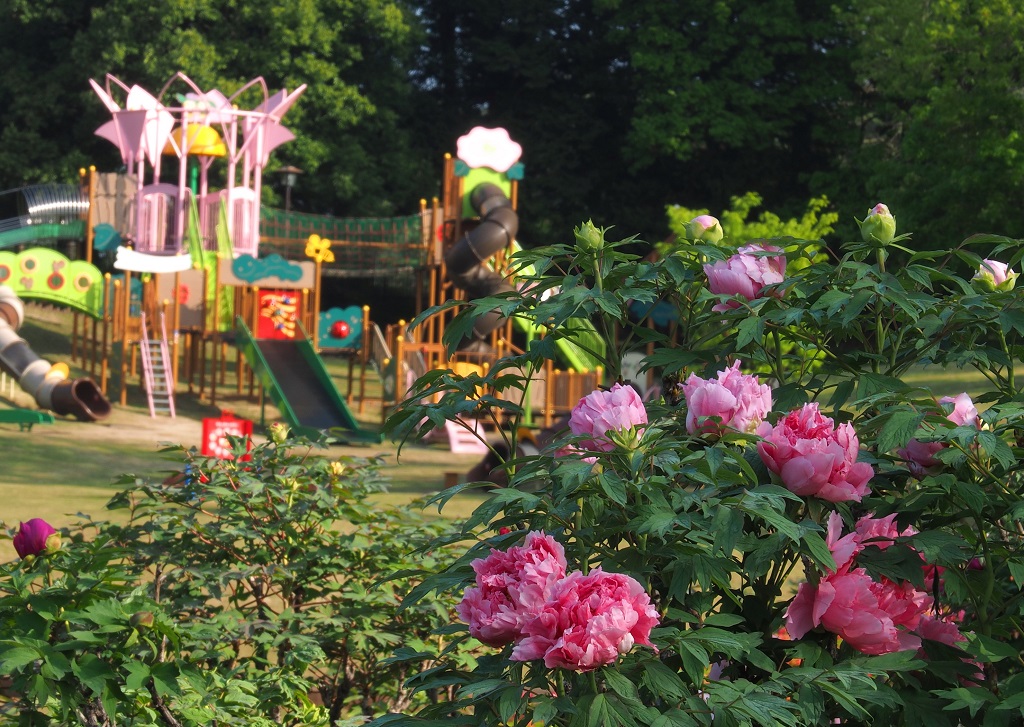
Opened in 1990 as part of efforts to promote the official city flower, the peony (botan). A prominent peony park in the Kanto region, roughly 30,000 square meters of colorful peonies bloom from mid-April to early May, culminating in the Peony Festival (botan matsuri) during peak bloom. Throughout the year, visitors can also view hydrangea, Japanese maple and wintersweet, and enjoy facilities such as a large playground complex, an open lawn, and an observatory.
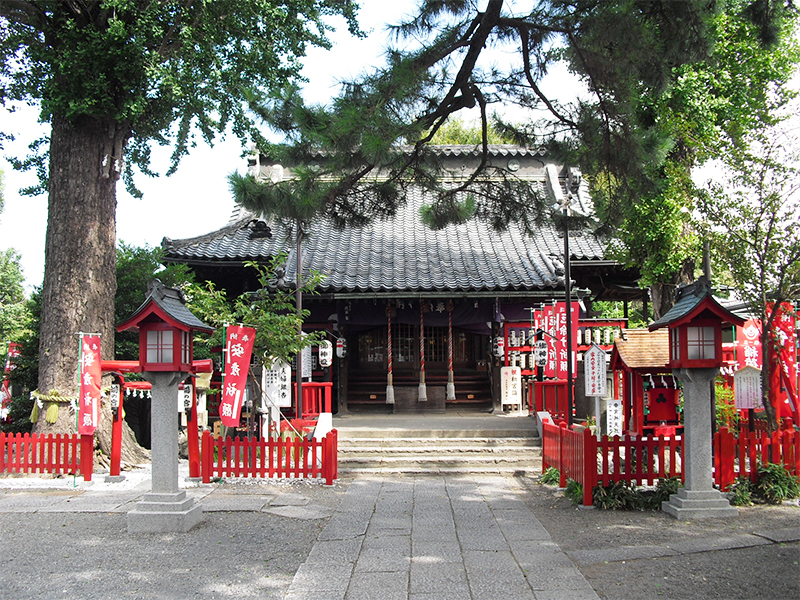
This is the main shrine of Konosu City, where the legend of the konotori (stork), also believed to be the origin of the cities name, has been handed down to this day. In 1873, Raiden Shrine, Kumano Shrine, and Hikawa Shrine were combined to form Kou Shrine. At the end of the year, they hold a Tori no Ichi fair (festival celebrating good fortune and business prosperity).
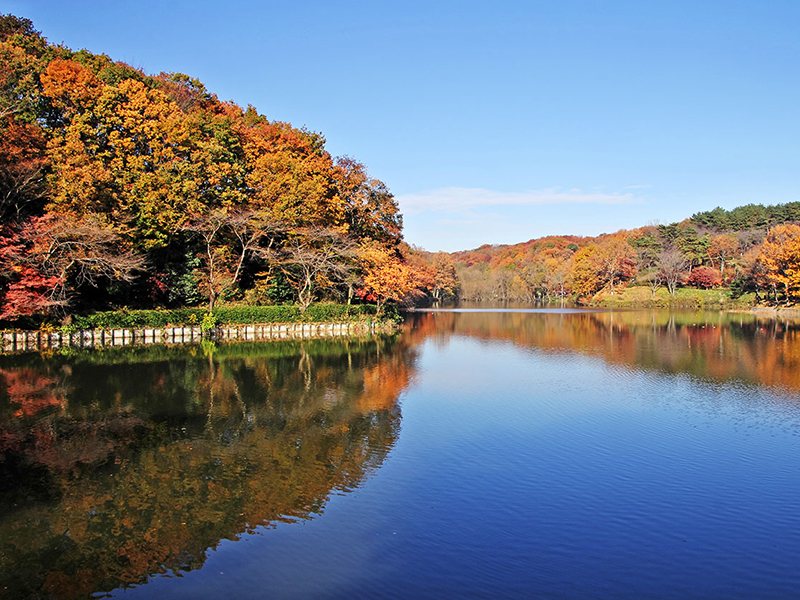
Yoshimi Town is dotted with man-made swamps, which are reservoirs built for rice paddy cultivation. Lake Hatcho is one such man-made swamp with an area of about 52,000 square meters. The kanji character for "Ha" can mean both "eight" and "many." Since several "eights" together has a catchy sound, there are historical expressions in the Japanese language which repeat the number eight to mean "many," such as "happyaku yacho" (many towns in Edo) or "happyaku yabashi" (many bridges in Osaka). Lake Hatcho used to be called "Hatcho Hattan no Numa" (one town block and 8,000 sq.meters) as a play on these expressions, but since the surface area of the lake isn't technically that big, this name isn't in use anymore.
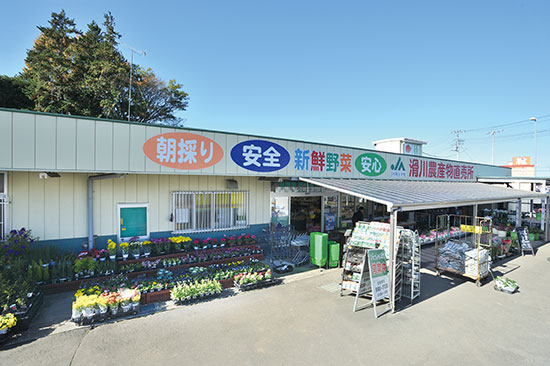
At Namegawa Farmers Market, you can find locally harvested fruits and vegetables for sale. We recommend the freshly polished-to-order white rice, cucumbers, eggplant, daikon radishes and other seasonal items alongside an endless supply of fresh vegetables, popular with many customers. We also hold special events such as corn festival, new rice festival, and agricultural festival, and sell specialties such as Polotan (chestnut variety) and Bushu Koro persimmon.
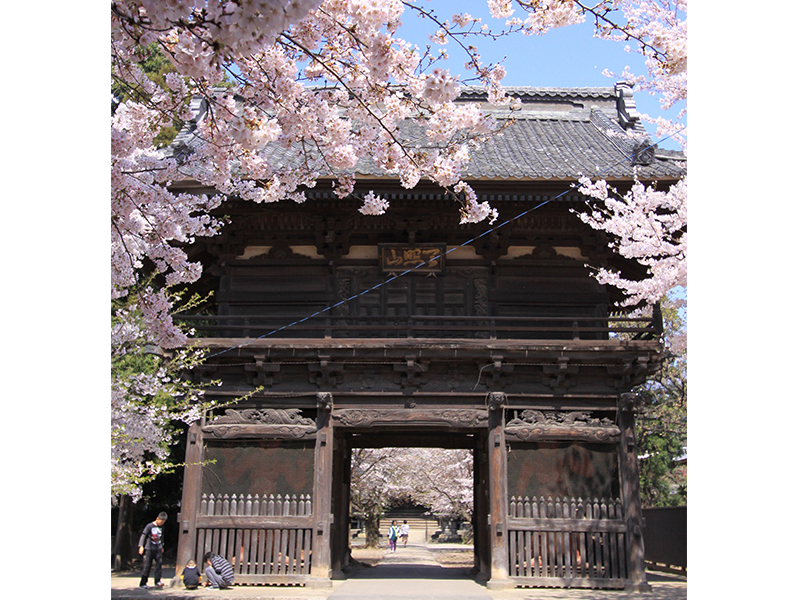
The temple was rebuilt by Seigon Shonin at the end of the 16th century and became one of eighteen monk training schools for the Jodo sect. As a temple associated with the Tokugawa Shogunate, the use of the "three-leaf hollyhock crest" was permitted. There are many cultural assets on the temple grounds that tell the ancient history in the present day. They hold the "Ten Nights Memorial Service," one of the three major memorial services in Kanto, every year on November 14, and the "Doll Memorial Service," unique to this town which is known for its hina dolls.
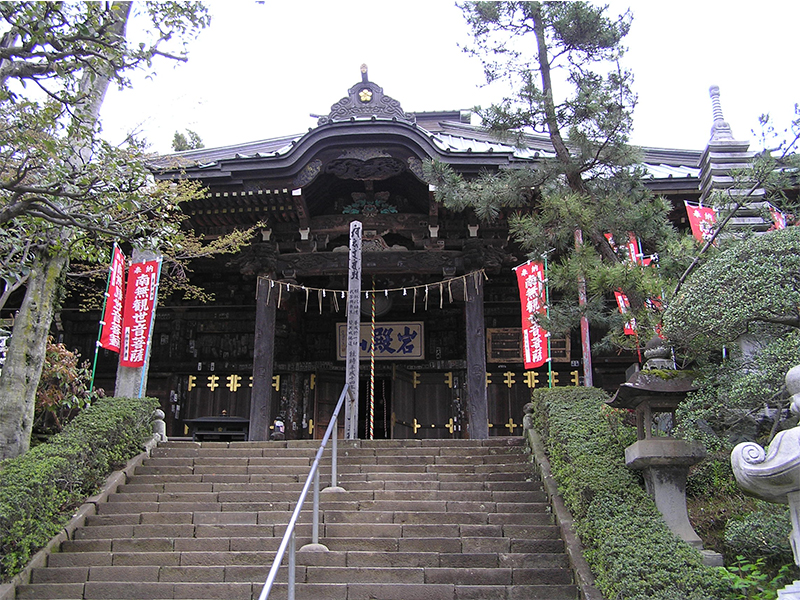
Anrakuji Temple is the 11th temple of the Bandō 33 Kannon Pilgrimage (Bandō Sanjūsankasho) and has been known as Yoshimi Kannon since ancient times. The main deity is the Holy Avalokitesvara, the deity of compassion, and according to the Yoshimi Kannon dependent origination (Buddhist doctrine), the origin of the temple dates back to about 1200 years ago, when the Buddhist priest Gyoki carved a statue of Avalokitesvara and placed in the rock cave. Every year on June 18th, the Kannon is unveiled in the early morning to the public to ward off evil spirits. Special "Yakuwake Dango" (dumplings to ward off evil) have been sold on this day since long ago, and the long road to Anrakuji Temple continues to be lined with stalls every June 18th, with the area very crowded from around 2 am to early morning.
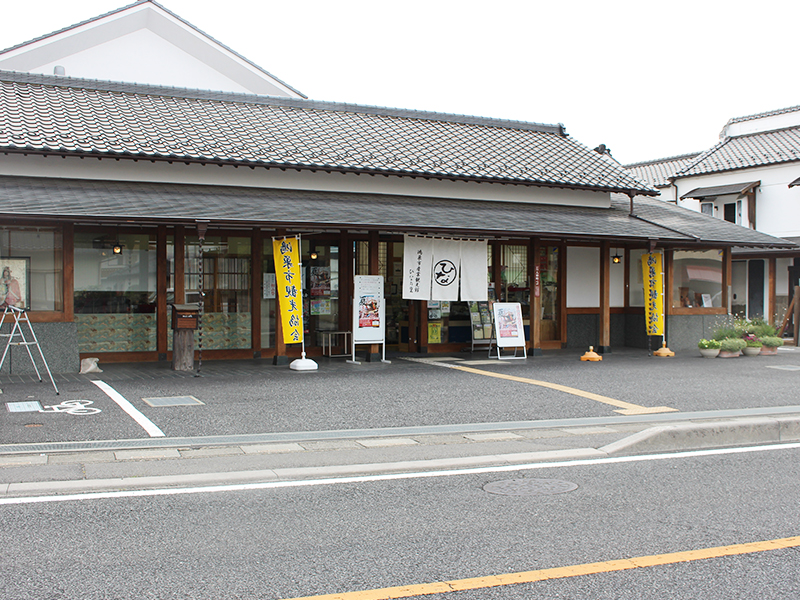
There are many exhibits that tell the history of Konosu Town as well as hina dolls and akamono dolls, a warehouse built in the Meiji period (designated as an important building of Saitama Prefecture's landscape), and a stage decorated with mosaic art. The museum also provides sightseeing information and sells local specialties. Make sure to stop by for an enjoyable time!
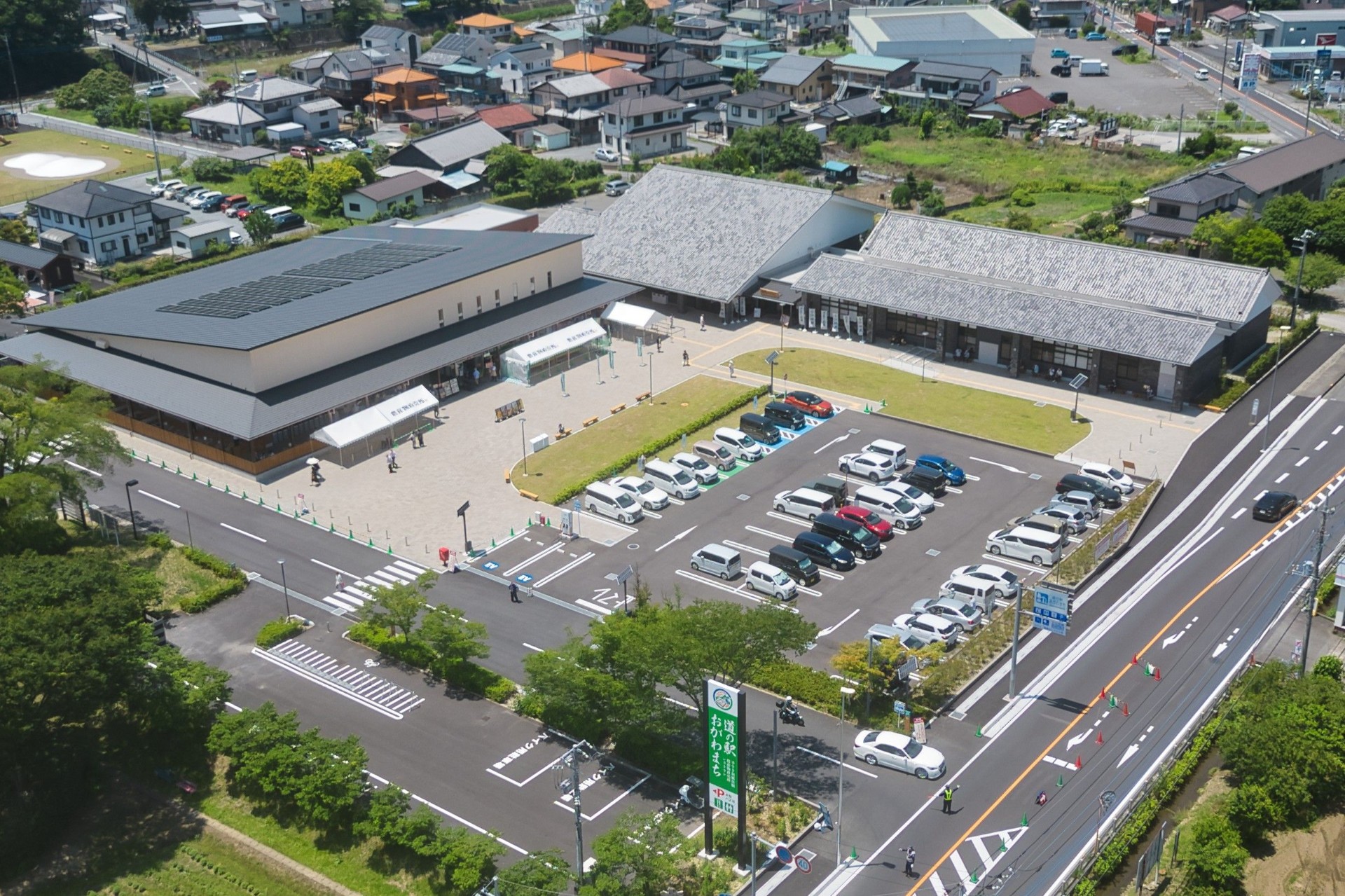
Reopening May 30, 2025: Roadside Station Ogawamachi is being renewed as a vibrant hub for cultural exchange and regional revitalization, centered around the theme of “Handmade Washi Paper and Organic Lifestyle.”
[Traditional Craft Area]
Try your hand at traditional papermaking, uchiwa fan crafting, and washi lantern making. Please visit our Traditional Crafts Facility page for more details. There’s also a washi exhibition room and a shop where you can purchase washi products.
[Local Industry Promotion Area]
Features a gift shop with local specialty products, a farmers' market selling fresh local produce, a cafeteria, and places to enjoy fast food and sweets.
[Community Plaza]
Includes a fun playground for children.
You can also rent electric bicycles for touring the surrounding countryside.
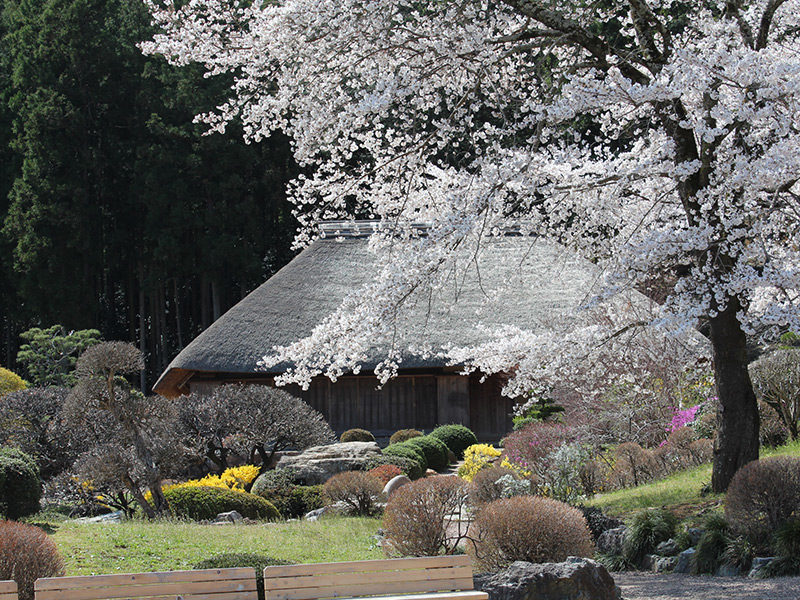
In addition to Japanese papermaking and seasonal experiences and workshops related to the Japanese paper, there's soba and udon handmaking experiences, and Japanese paper specialty goods and agricultural products available for purchase. The food court is chock-full of local village cuisine such as salted grilled artic char and oyaki. There's also a thatched-roof paper-making house inside the Japanese garden, where visitors can enjoy a relaxing space straight out of the Edo period.

Enjoy the refreshing air around this beautiful waterfall originating from a mountain stream that flows from Mt. Ryokami in the Chichibu mountain range. Also, Onouchi Hyakukei Icicle, one of the three major icicles of Chichibu, can be found here from the beginning of January to the end of February every year.
This site uses cookies to improve the user experience. If you continue to browse, you consent to the use of cookies on this site. Accept
CONTACT
